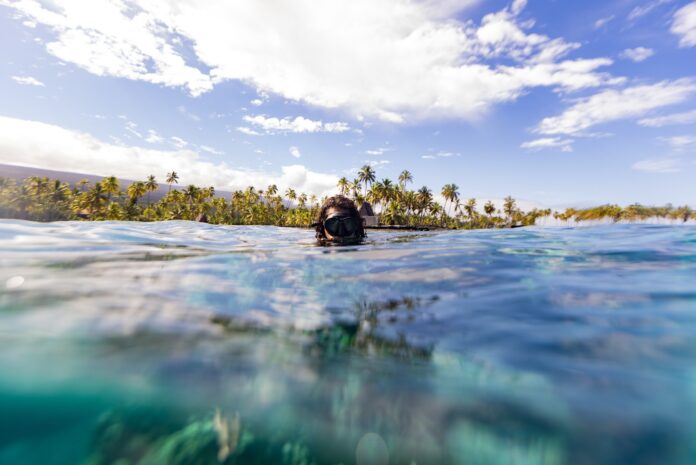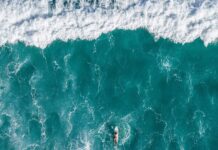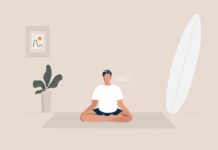Following a successful collaboration mapping the reef beneath Pipeline, Dr. Cliff Kapono will be once again joining forces with REEF and MEGA Labs to 3D map one of the most precious reef systems in the world – Thundercloud (Cloudbreak) in Fiji.
Despite being one of the most famous surf breaks on the planet, Cloudbreak remains one of the least understood reef systems on Earth.
With the support of local surfers and activists, The MEGA Lab team will work with Dr. Kapono to share technology that can help better monitor the impacts of visitors on the reef and share how 3D mapping can help empower locals to make better management decisions.
Hi Dr Cliff, hope all is well with you. Tell us about your recent Fiji experience – what is the first memory that springs to mind?
Our trip to Fiji was the first international field expedition my team and I went on. We partnered with REEF and had the chance to map Nakuru Kuru Malagi also known as Cloudbreak, which is one of the most famous and largest reef systems in the world. It was a wonderful mix of surf and research as we adventured and focused on the environmental impact of this ecosystem. During this trip we also partnered with Surfline, who provided us with data points to help us visualize where surfers interact with the reef.
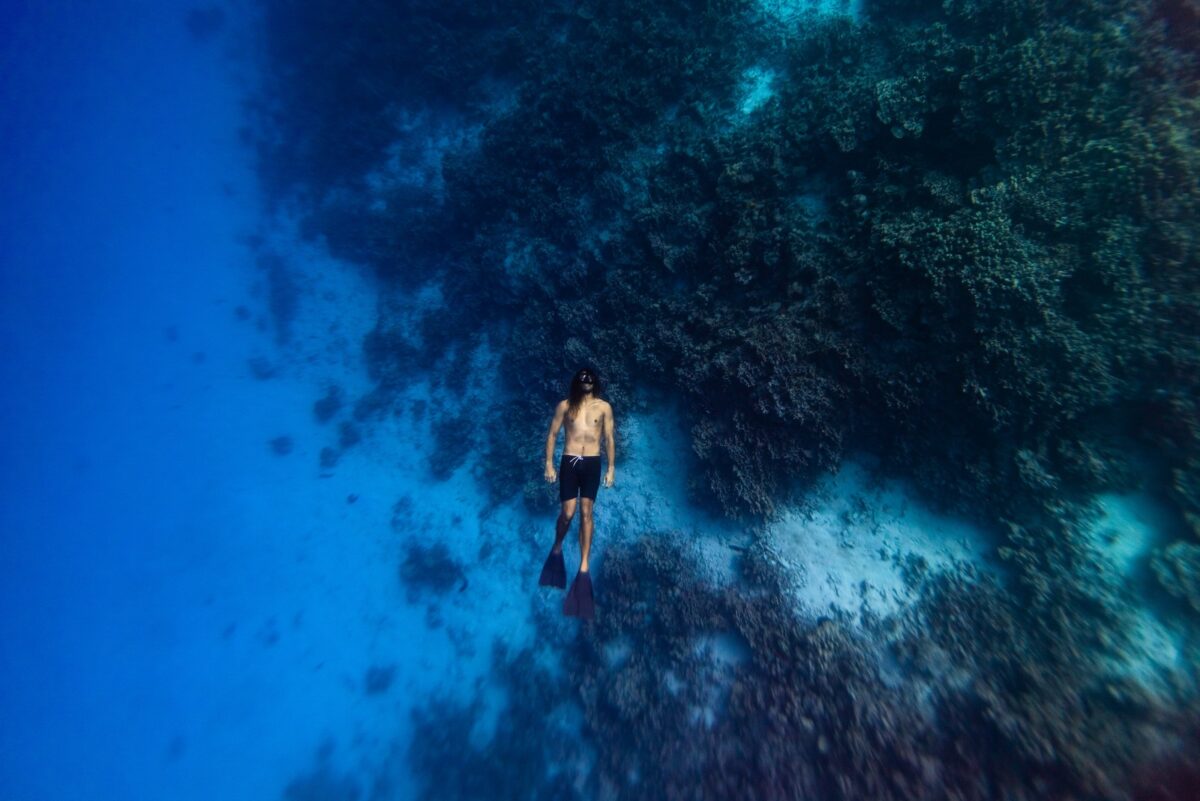
Did you experience any surprises while mapping Cloudbreak? What are the differences to reefs in Hawaii?
The biggest surprise of mapping Cloudbreak, was the sheer size of it. It was huge. Despite being larger than any reefs that we have previously mapped, it did share similar structural features to another famous left-hand wave in Hawaii. Both Cloudbreak and Pipeline share what is known as a spur and groove feature in the surf break’s bathymetry.
Cloudbreak has a lot of surf traffic. We’ve left some skin on that reef. What impacts do visitors have on such precious ecosystems?
While it’s great that visitors get to experience waves at Cloudbreak, they can leave behind some accidental damage if they aren’t careful while surfing. Getting too close to the reef and hitting into it can damage the protective layer and disturb the ecosystem.
As what I experienced on the trip, accidents do happen and can be unavoidable at times. The biggest encouragement I can give is to recognize that coral reefs are living animals like you and me and even though they don’t move, they still can be disturbed if we aren’t careful around them.
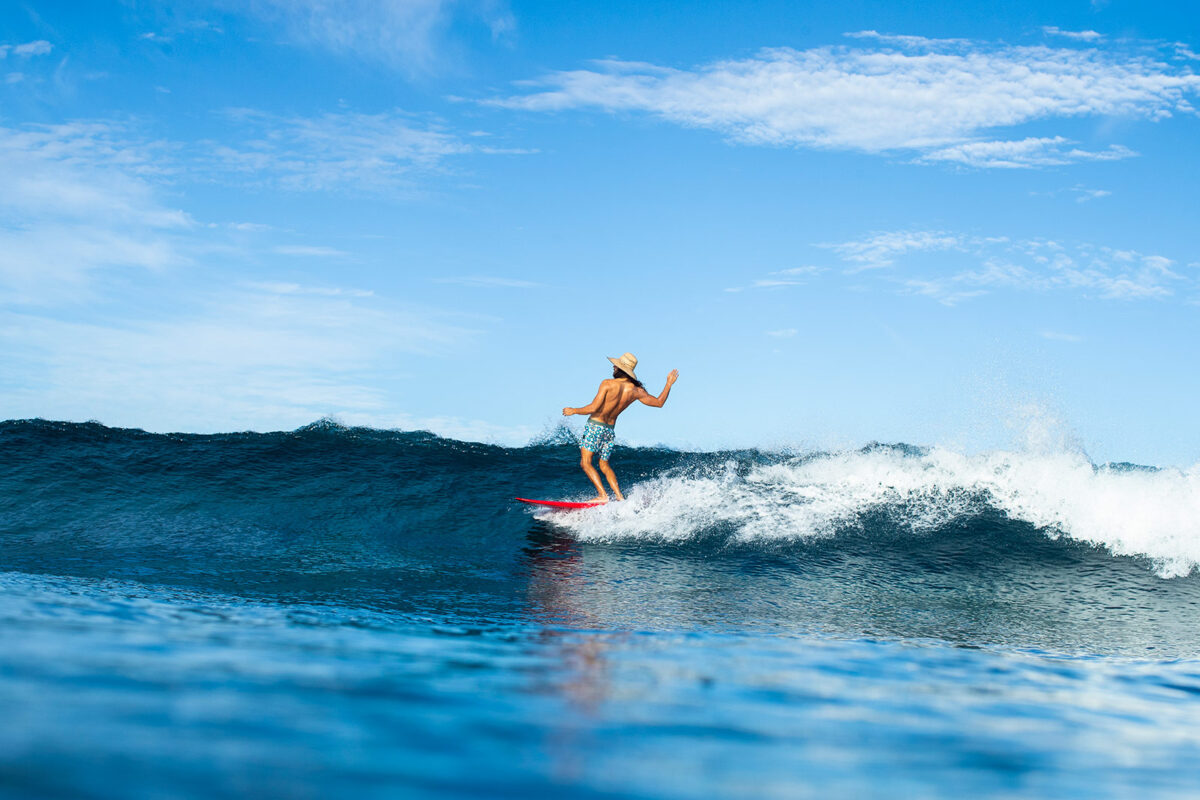
How can surfers be more mindful of their impact when visiting such precious locations?
There are some easy ways for surfers and visitors to protect the coral reefs while they’re at these incredible locations. If you’re diving or swimming out close to one of the reefs, we always encourage people to look but not touch as the coral reefs are alive and can be easily damaged.
Understand the wave and entry/exit points to avoid hitting the reef while surfing. If you’re taking a boat out, be aware of where your anchor is landing.
Lastly, never leave garbage or gear behind. The cleaner you leave the beach the better!
How can companies support efforts such as yours? REEF is really leading the way…
Currently, I have the honor of working with the multiscale environmental graphical analysis (MEGA) lab, a next-generation research facility with the goal to create innovative solutions that protect our oceans. We specialize in studying the marine realm
and our advanced techniques allow for interpreting the chemical and geophysical characteristics that support healthy ecosystems.
The iconic footwear and beach-loving brand, REEF, has been a major supporter in the work that we have been able to accomplish while mapping different reefs since 2021.
We partnered with the brand and mapped The Banzai Pipeline last year and then worked together again to expand our efforts to map Thundercloud reef in Fiji, which is still one of the least understood reef systems on Earth.
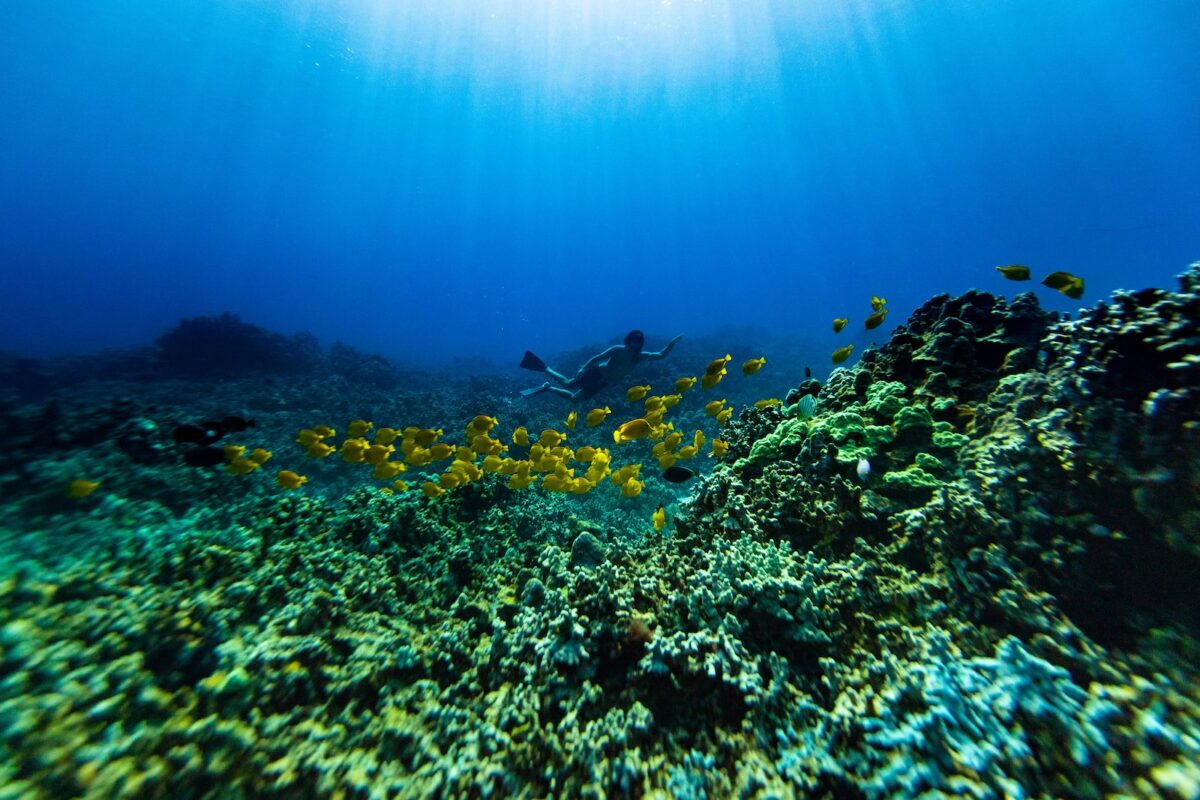
How was the surf while you were there? What did you ride, and where? Best wave?
The waves were amazing. We caught a couple of days at Cloudbreak and a few afternoons at Restaurants. The crew at Tavarua Island Resort were stellar and the management went above and beyond to make sure we had fun while also getting our research done. I ended up riding a 6’8” twin fin from Channel Islands the entire time.
It was great because we would have pumping waves one day and flat another. We needed flat days for diving so it ended up working perfectly.
Thanks again for the great work you do – any final messages for readers?
I’m just really proud to be a part of the REEF team and am super stoked that they are pioneering a new kind of surf trip that involves equal parts science as it does surf. Mahalo
REEF and most importantly the people of Fiji for allowing us to experience their beautiful resources. They are the rightful stewards of their home and it is truly an honor that they
allowed us to be a part of the great work they are already doing.

